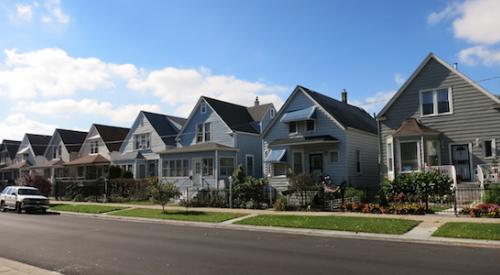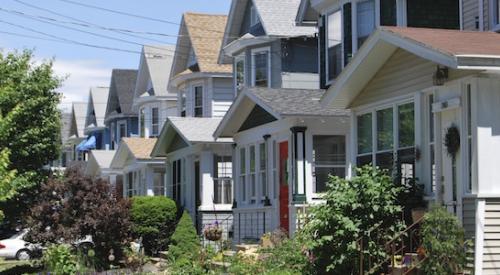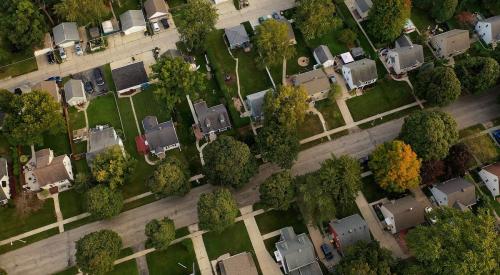Seven in 10 American adults consider themselves as belonging to the middle class, according to survey results in the 2017 Planning & Progress Study from Northwestern Mutual Life Insurance.
Most respondents defined “middle class” as a combination of income, assets, and lifestyle. Half of respondents who said they’re middle class earn between $50,000 and $125,000 a year, with the highest proportion, 19 percent, making between $50,000 and $74,999. But, the broad definition of “middle class” led to a wide income range: 12 percent of those who say they’re middle class earn less than $35,000 a year, and 14 percent bring in $150,000 or more.
People in the middle class are optimistic about their standing and the economy. The survey found that 58 percent of respondents who said they were middle class said that they feel “very secure” when asked about their current financial security. In comparison, only 47 percent of the general population said they feel “very secure.”
The self-defined middle class had a higher share of respondents who said that the American Dream was attainable for most Americans (55 percent of middle class respondents versus 48 percent of the general population), that the U.S. economy will be better this year than in 2016 (47 percent versus 43 percent), and that their retirement plan is better suited to endure market cycles (51 percent versus 43 percent).
The Northwestern Mutual results, which come from an online survey of 2,117 Americans aged 18 or older, suggest that “middle class” may be more of a mindset than a strict classification based on income.
According to a 2015 study from Pew Research, the share of middle-income Americans has steadily decreased from 61 percent in 1971 to 50 percent two years ago. In that case, middle income was defined as two-thirds to double the national median income, roughly between $42,000 and $126,000 a year.












